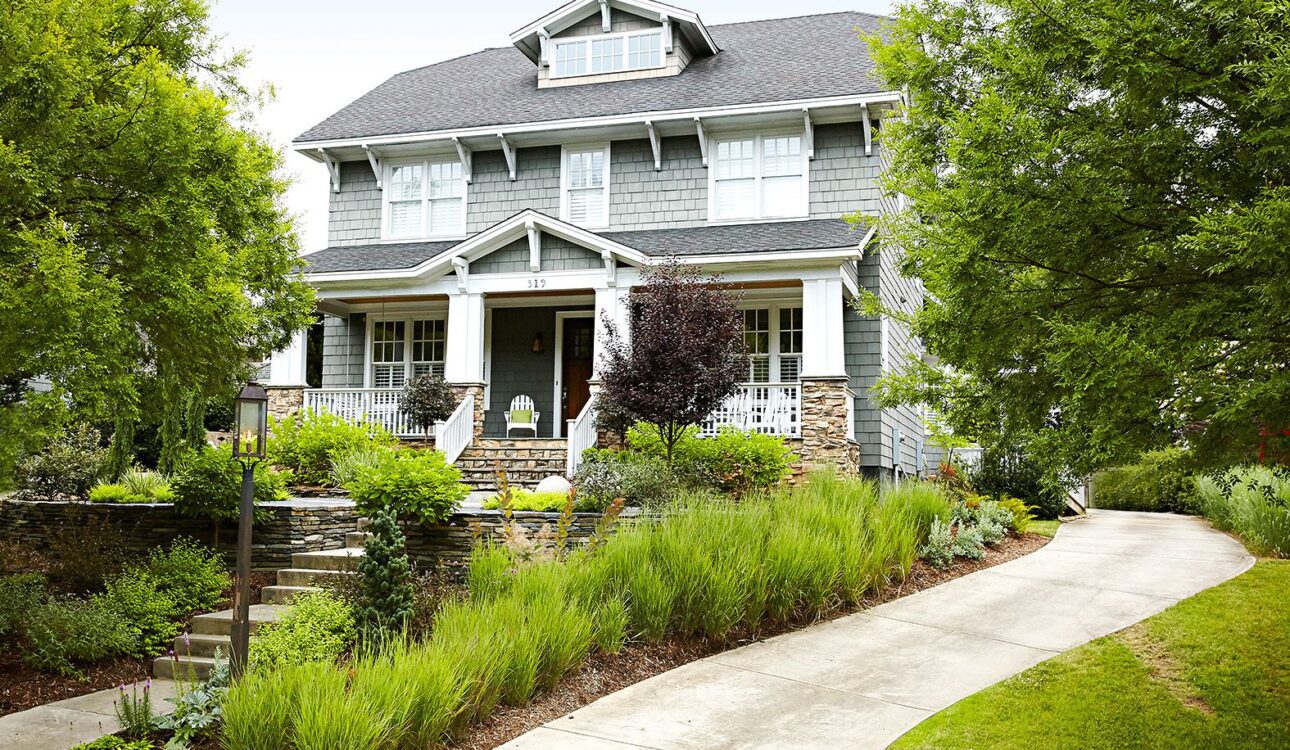If your existing house is bursting at the seams and moving isn’t an option, adding a second story might just be the game-changing solution you’ve been looking for. Whether you need more bedrooms, a home office, or simply want to enhance your home’s value, a second-story addition can transform your lifestyle. But before you remove your existing roof and start construction, there are key structural, financial, and regulatory considerations to evaluate.
In this guide, we’ll walk you through everything you need to know about adding a second story to your home, including cost breakdowns, design tips, and how to navigate local building codes.
Want expert guidance? Book an appointment with Fineline Kitchens Inc. today to discuss your remodeling project.
Why Consider a Second Story Addition?
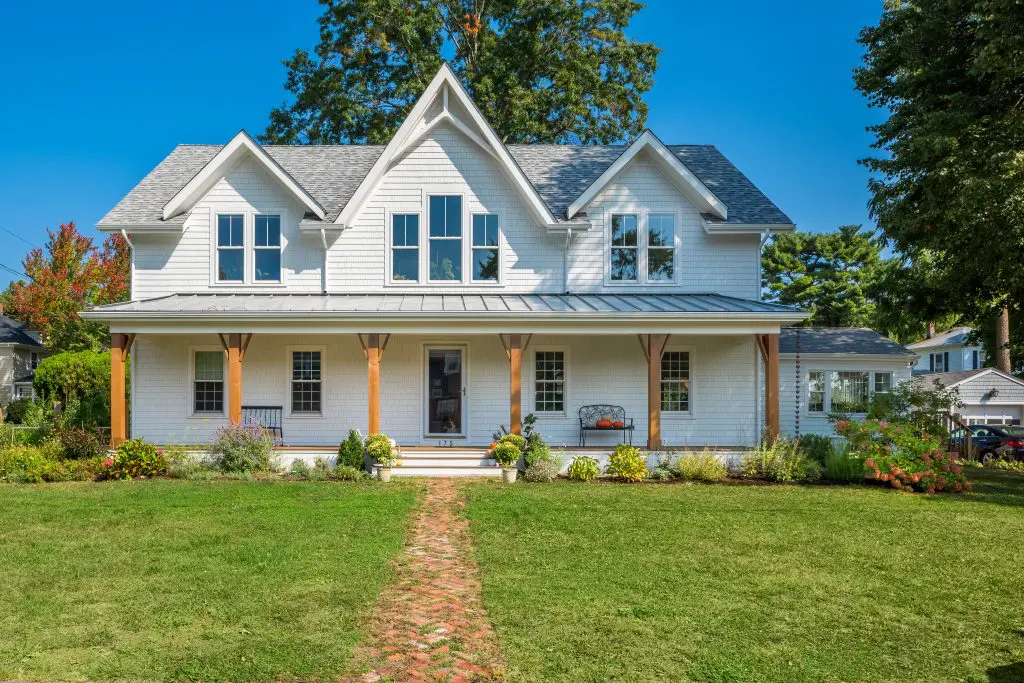
Adding a second story is one of the smartest and most space-efficient home improvement projects you can take on—especially when you’re looking to expand but are limited by your lot size or local setback regulations. Rather than sacrificing your backyard or side yard for an extension, a second-story addition allows you to build up instead of out, effectively doubling your usable square footage without touching your green space.
Whether your family is growing, you’re working from home more often, or you simply need more functional living space, this renovation offers unmatched flexibility.
Major Benefits of a Second Story Addition
- Maximize Square Footage Without Losing Yard Space
Ideal for urban and suburban settings where expanding outward isn’t practical due to zoning laws or small lot sizes. - Perfect for Growing or Multi-Generational Families
Additional bedrooms, bathrooms, or even separate suites allow everyone in your household to enjoy more comfort and privacy. - Boost Your Home’s Market Value
A well-designed second story can significantly increase your resale value, offering a strong return on investment—especially in high-demand neighborhoods. - Capture Better Views and Natural Light
Elevated living areas often have access to scenic views, more sunlight, and reduced street-level noise. - Opportunity to Rethink Your Floor Plan
When you build up, you’re not just adding space—you’re often reconfiguring your entire layout. You might turn the original ground floor into a more open-concept space or shift the bedrooms upstairs. - Preserve Outdoor Living Spaces
Maintain your backyard for patios, gardens, pools, or outdoor kitchens without compromise.
Internal Link: Explore our Home Additions Remodeling services to discover how we thoughtfully expand your space without sacrificing design integrity.
Structural Feasibility: Can Your Home Support a Second Story?
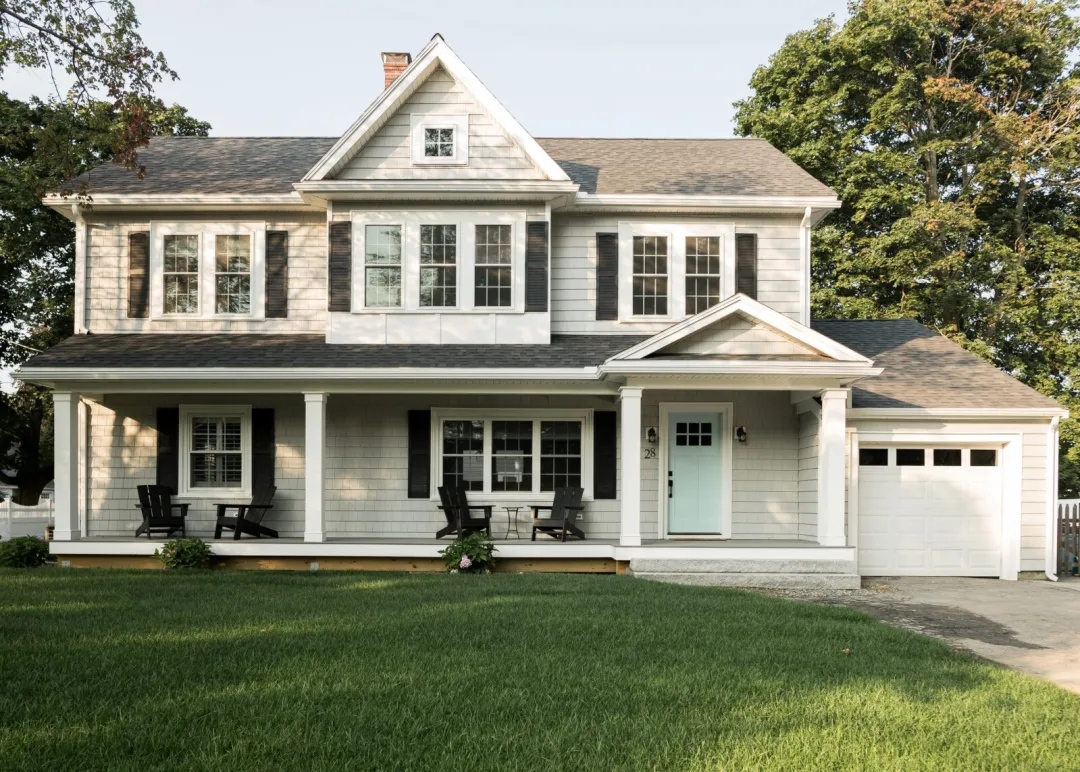
Before committing to a second-story addition, one essential question must be answered: Can your current home structurally support the additional weight and stress? If the foundation and framing of your existing house aren’t up to the task, adding another level can lead to major issues—or may not even be permitted.
The Role of a Structural Engineer
Engage a licensed structural engineer early in the planning phase. They will:
- Assess the Foundation
Determine whether your existing foundation can bear the increased load or needs reinforcement. - Evaluate Load-Bearing Walls and Beams
Internal framing and support structures may require upgrading to accommodate a second story addition safely. - Plan for Code Compliance
Ensure that proposed changes comply with local building codes, including height restrictions and fire safety requirements. - Avoid Surprises During Construction
Early detection of structural limitations can prevent costly delays or mid-project redesigns.
This step is especially critical when adding a second story to a ranch house, as these homes often feature minimalistic framing designed for single-story use. Strengthening the existing structure is a must to safely support a new level.
Understanding the Cost of Adding a Second Story
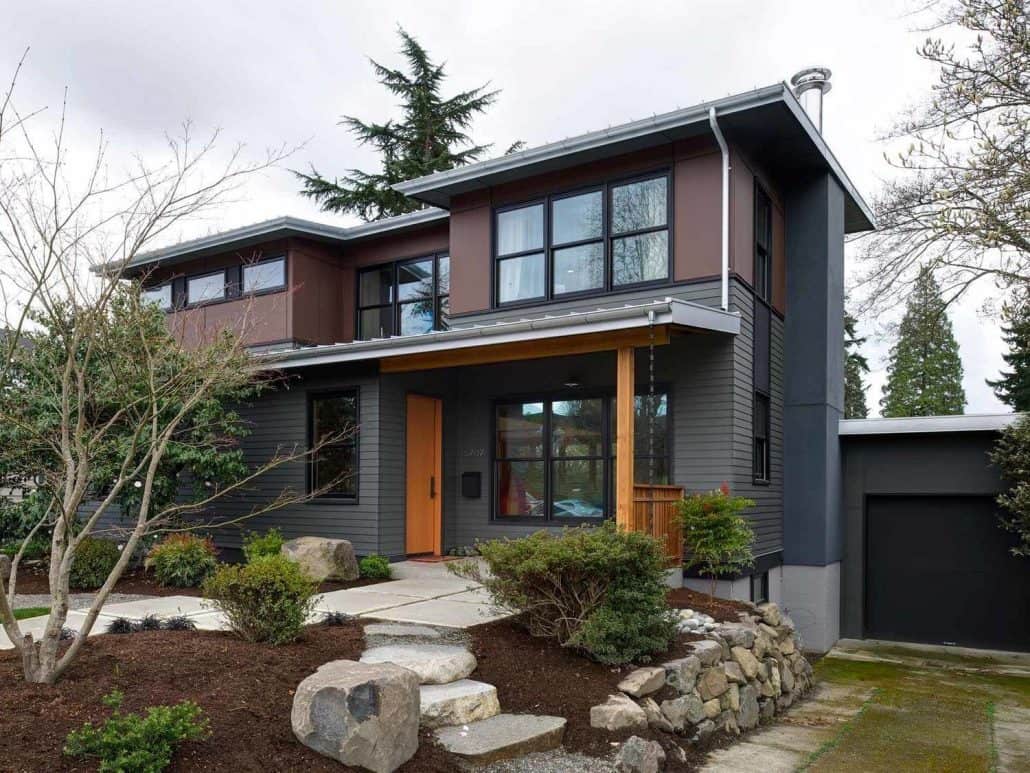
One of the most important questions homeowners ask is: “How much does it cost to add a second story?” The answer depends on several variables—but understanding the breakdown can help you plan more effectively and avoid sticker shock.
Average Cost Range
The cost of a second-story addition typically falls between $100 to $300 per square foot. For a 1,000 square foot addition, that translates to roughly $150,000 to $350,000+, depending on your location, structural requirements, material quality, and scope of work.
Key Cost Factors to Consider
- Demolition of Existing Roof
Removing the old roof must be handled with care and may require temporary structural support. - Reframing and New Roof Installation
Once the new story is framed, a brand-new roof must be constructed atop the addition. - HVAC Systems Expansion or Replacement
Your current system may not be sufficient to heat or cool the expanded living space. Zoning or dual systems might be required. - Plumbing and Electrical Work
Upgrading wiring and plumbing to reach upper levels—and comply with modern safety standards—adds complexity and cost. - Inspections and Permit Fees
You’ll need to budget for zoning compliance, building permits, and possibly additional inspections, depending on your municipality. - Temporary Living Costs
In some cases, you may need to vacate the home during major phases of construction, leading to rental or relocation expenses. - Finish Materials and Design Choices
Flooring, cabinetry, lighting, and fixtures can dramatically impact your budget depending on your style preferences.
Every home is different, so it’s crucial to work with an experienced general contractor who can provide a detailed estimate based on your existing home and renovation goals.
Not ready for a full second level? Consider expanding below ground with our Basement Remodeling services.
Navigating Local Building Codes and Permits

Before you even think about demolition or design, it’s essential to consult your local building department. Every municipality has its own set of codes and zoning ordinances that can directly impact your project’s scope, timeline, and even viability. These aren’t just red tape—they’re crucial to ensuring your home remains safe, legal, and structurally sound.
What You Need to Verify:
- Zoning Height Restrictions
Some neighborhoods impose a maximum height limit that could restrict your ability to add a full second story. - Setback Requirements
These rules dictate how close your home can be to property lines. If your addition alters the footprint vertically, it may still require compliance updates. - Permit Requirements and Timelines
Permitting can take several weeks to months depending on your jurisdiction. Fees, architectural plans, and professional documentation are typically required. - HOA Regulations (if applicable)
If you’re part of a homeowners’ association, there may be architectural review processes in addition to city permits.
Failure to comply with any of these can result in costly delays, fines, or forced redesigns—so this step is non-negotiable.
Learn more about our experience and attention to detail on our About Us page.
Planning the Project: From Demolition to Completion
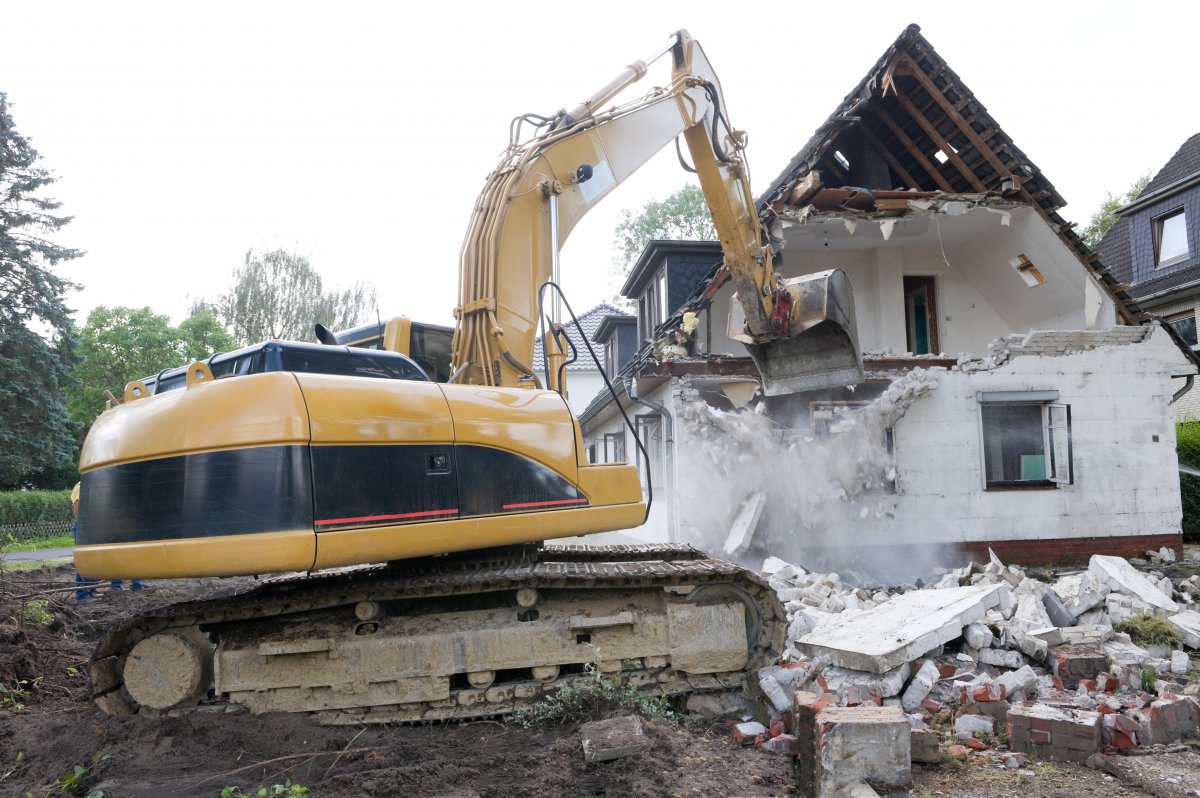
Adding a second story isn’t a weekend project—it’s a multi-phase journey that can stretch across several months. Understanding what to expect at each stage can help you budget time, resources, and energy wisely.
Typical Timeline Breakdown:
- Design & Planning: 1–3 Months
This includes working with architects, engineers, and your remodeling contractor to finalize blueprints and specifications. - Permits & Approvals: 1–2 Months
During this time, your application is reviewed, adjustments may be requested, and final go-aheads are granted. - Construction: 4–8 Months
The physical work begins—roof removal, framing, electrical, plumbing, drywall, finishes, and roofing. Weather and material availability can affect the pace. - Finishing Touches: 1–2 Months
This includes interior painting, flooring, cabinetry, fixtures, and any exterior refinishing or repainting to match the existing home.
Temporary Living Arrangements
For large-scale renovations like adding a second story, your home may become uninhabitable for a period of time—especially during roof removal or HVAC downtime.
- Noise and debris may be constant.
- HVAC systems may be temporarily disabled.
- Roof removal can expose your home to weather unless securely tarped.
- Safety risks may increase if children or pets are in the home during construction.
Some families choose to temporarily relocate to reduce stress and ensure safety during peak construction phases.
System Upgrades: HVAC, Plumbing, and Electrical

Adding an entirely new floor to your home often means upgrading the existing systems—they were likely never designed for the extra load. This stage is essential not just for comfort, but also for code compliance and energy efficiency.
HVAC Systems
- May require zoned HVAC solutions, especially if your current system cannot efficiently handle the second level.
- Consider installing a separate unit for the new story for optimal comfort and temperature control.
Electrical Systems
- Older homes may have 100-amp service, which is typically insufficient for a second story.
- Upgrading to 200 amps or more might be necessary.
- Additional circuits, outlets, lighting, and possibly a subpanel will be installed.
Plumbing Systems
- Second-floor bathrooms or laundry rooms will require new vertical plumbing stacks.
- Water pressure balancing and advanced drainage planning are crucial for reliability.
See how we’ve handled complex infrastructure upgrades in our kitchen remodeling projects.
Should You Build Up or Build Out?
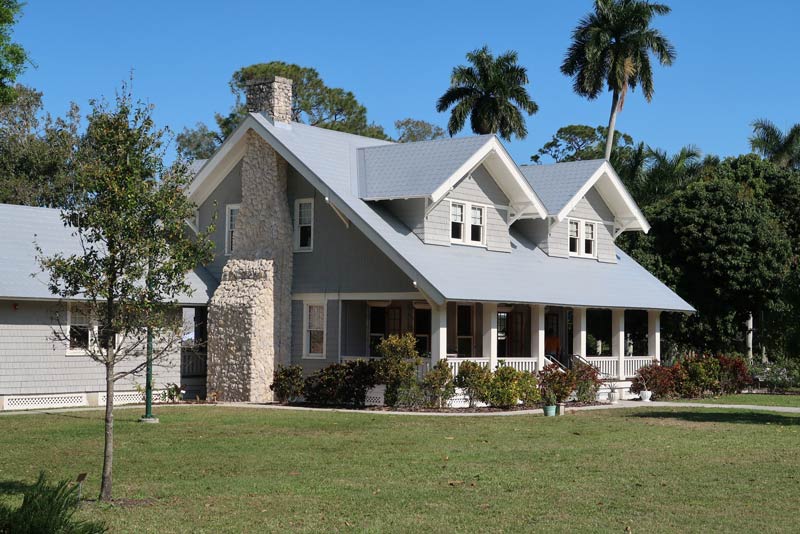
If you’re still weighing your options between building up (adding a second story) or building out (extending your ground floor), here’s a side-by-side comparison to help guide your decision.
Pros of Building Up
- Preserve Your Outdoor Space
You keep your backyard, garden, and outdoor entertaining areas intact. - Lower Land Cost
No need for foundation expansion, which is both time-consuming and expensive. - Better View and Privacy
Second stories often offer improved sightlines and quieter retreat areas.
Cons of Building Up
- Higher Structural Complexity
Engineering reinforcements and permits can add to the challenge. - Disruption to Daily Life
Roof removal and interior demolition are more invasive. - Possibly Higher Labor Costs
Access and elevation create more logistical complications for tradespeople.
Explore stunning examples of both vertical and horizontal home expansions in our Home Additions Project Gallery.
Second Story Addition Ideas
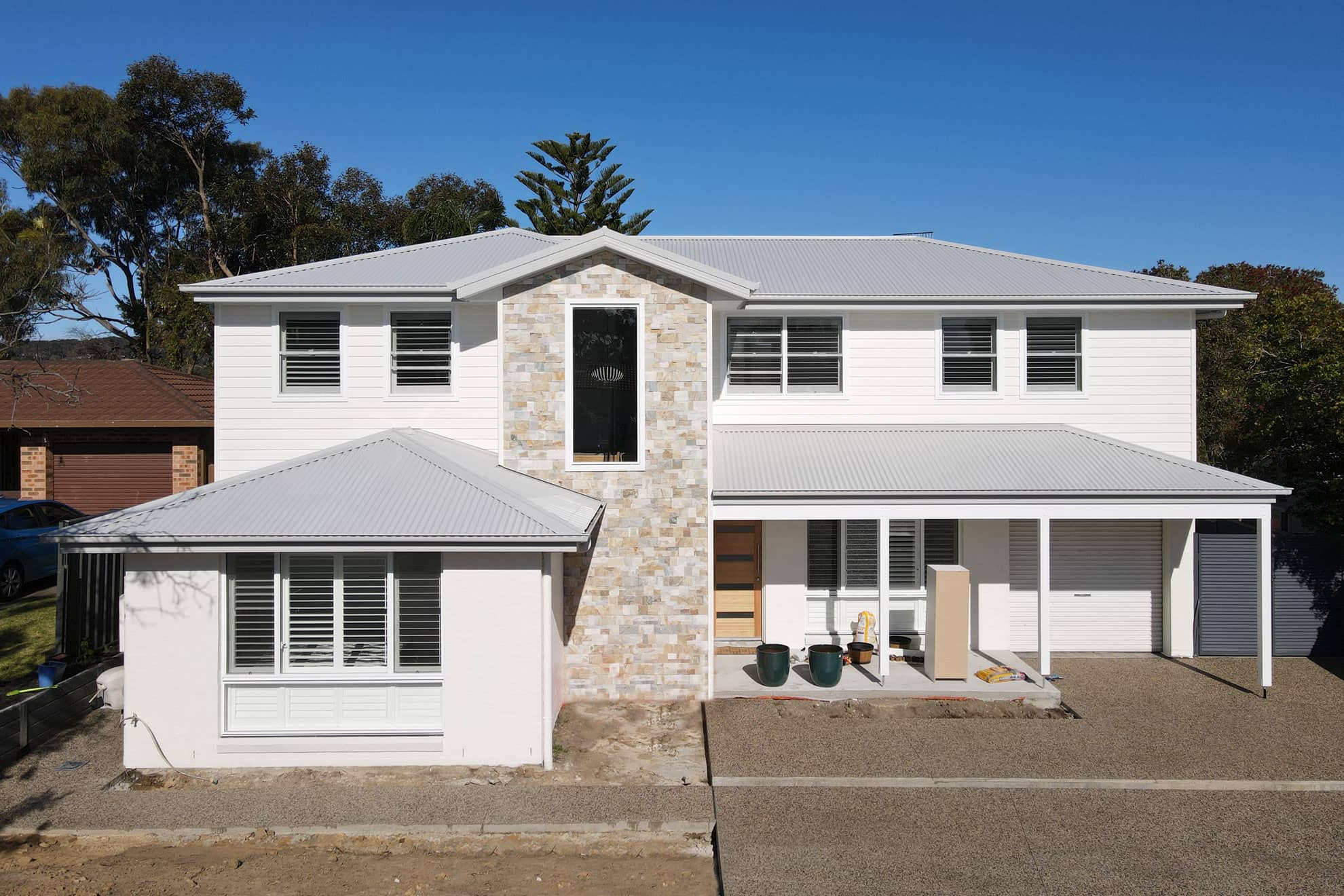
What you do with your new second story is limited only by your imagination—and your square footage. Whether you’re upgrading your lifestyle or preparing to sell, here are some high-value, high-functionality additions you can make:
Master Suite Retreat
A luxurious bedroom with a private spa-inspired bathroom, dual vanities, and a walk-in closet can become your personal sanctuary.
Home Office or Studio
Create a quiet, secluded workspace with built-in shelving, soundproofing, and natural light.
Guest or Teen Suite
Add flexible sleeping quarters with a full bathroom and lounge area—ideal for visiting relatives or independent teens.
Upstairs Laundry Room
Save time and footsteps with an upstairs washer and dryer near bedrooms.
Family Lounge or Media Room
Design a cozy space for movie nights, game days, or family relaxation, separate from formal entertaining areas.
Discover real-life second-story transformations in our Portfolio.
Is Adding a Second Story Worth It?
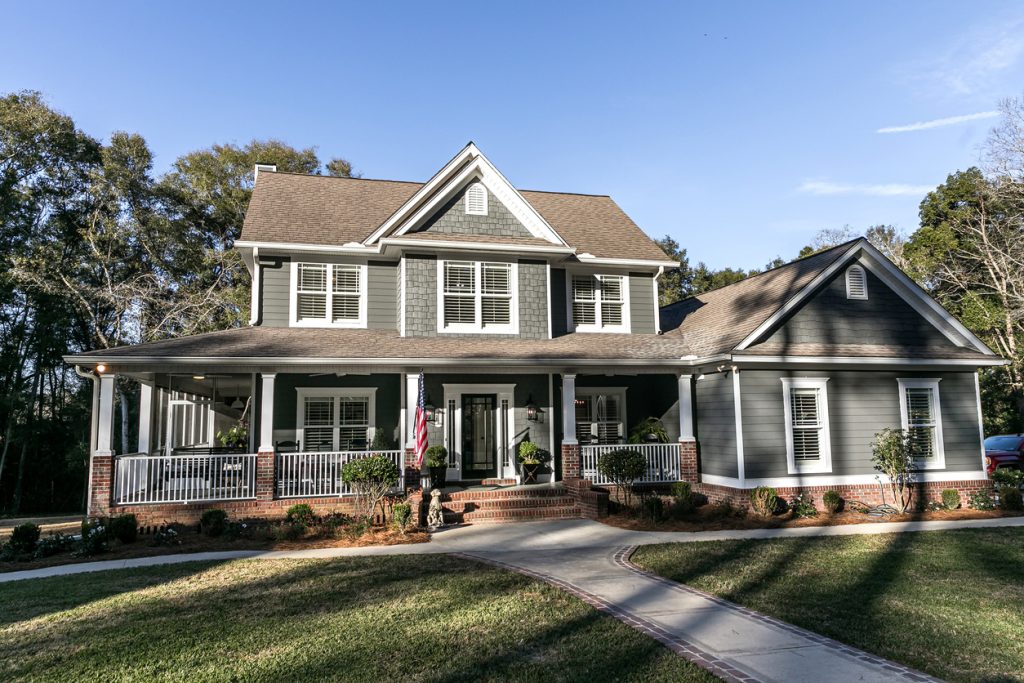
If you adore your neighborhood, have no desire to move, and desperately need more room, adding a second story to your house may be the smartest investment you make in your home. Not only do you gain substantial living space, but you also enhance your home’s functionality, comfort, and resale value.
However, this is a complex remodeling project—one that involves major structural changes, permit navigation, and design coordination. That’s why partnering with an experienced contractor who understands both the technical and aesthetic demands of a story addition is essential.
Ready to transform your home and elevate your lifestyle? Contact Fineline Kitchens Inc. today to schedule a consultation and bring your second-story vision to life.
Source Links
- Has Anyone Built a Second Story? Do You Regret It?
https://www.reddit.com/r/HomeImprovement/comments/ixy3e8/has_anyone_built_a_second_story_do_you_regret_it/ - Adding a Second Story: Cost Guide – Sweeten
https://sweeten.com/blog/home-renovation-cost-guides/adding-second-story-cost-guide/ - Cost to Add a Second Story – Angi
https://www.angi.com/articles/cost-add-second-story.htm - How Much Does It Cost to Add a Second Story? – Bankrate
https://www.bankrate.com/homeownership/adding-a-2nd-story/ - Second Story Additions: Pros, Cons, and Cost Analysis – Colony Home
https://colonyhome.com/adding-a-second-story-pros-cons-and-cost-analysis/ - How to Add a Second Floor to an Existing House – This Old House
https://www.thisoldhouse.com/roofing/23009896/how-to-add-a-second-floor-to-an-existing-house - Adding a Second Floor to Your Home: Ultimate Guide & Expert Tips – Patrick A. Finn
https://www.patrickafinn.com/blog/adding-a-second-floor-to-your-home-the-ultimate-guide-and-expert-tips
- Second-Level Home Additions – Better Homes & Gardens (BHG)
https://www.bhg.com/home-improvement/remodeling/additions/second-level-home-additions/ - Cost to Add Second Story – Rocket Homes
https://www.rockethomes.com/blog/homeowner-tips/cost-to-add-second-story - Can I Add a Second Story to an Old Home? – Lamont Bros.
https://lamontbros.com/additions/can-i-add-a-second-story-to-an-old-home/
